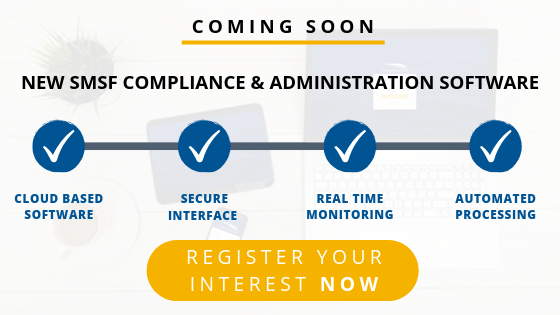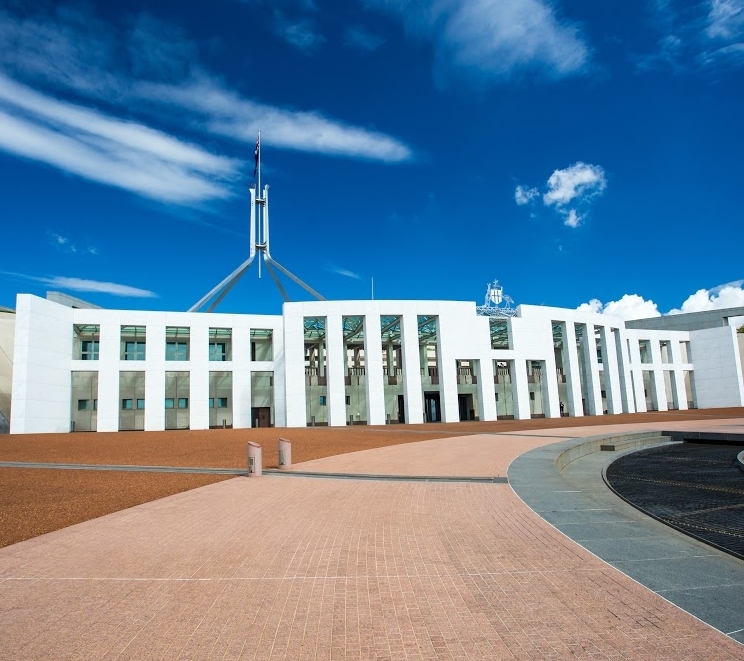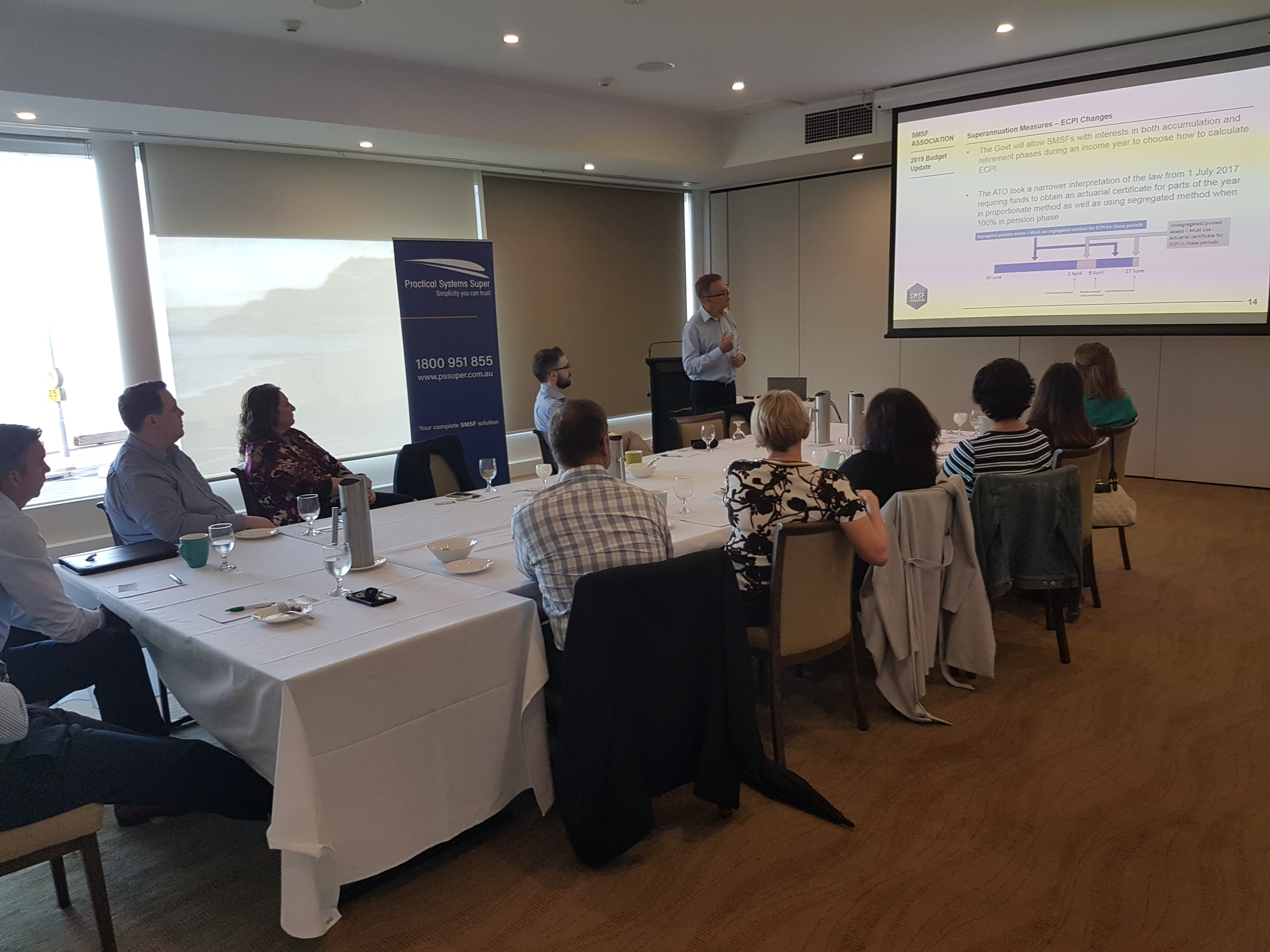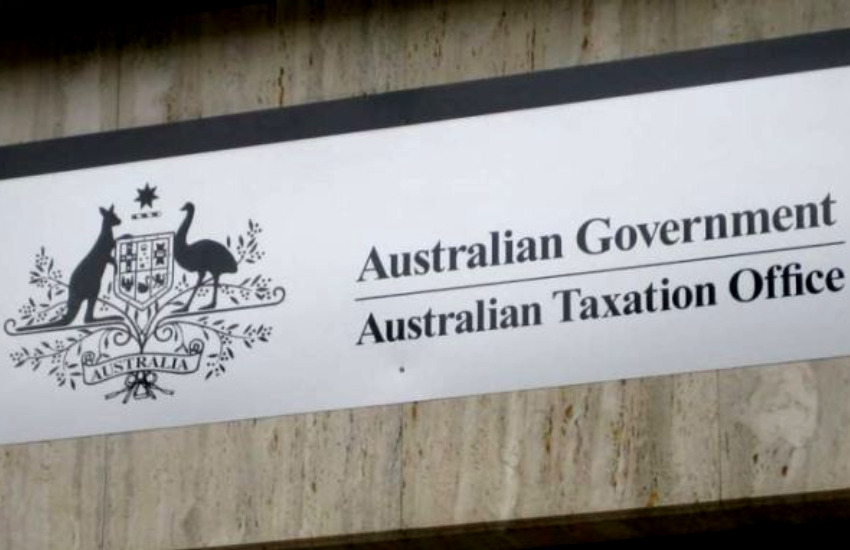Removal of refundable Franking credits
Labor is set to push ahead with its proposal to remove refundable franking credits, despite a recommendation by Standing Committee on Economics not to proceed with the policy, following the completion of its inquiry.
The policy is intended to apply from 1 July 2019 and based on estimates by the Parliamentary Budget Office, will impact 840,000 individual taxpayers, 210,000 SMSFs and 2,300 Australian Prudential Regulation Authority (APRA) regulated funds in the 2019/20 financial year.
The Financial Services Council has estimated that around 2.6 million Australians in APRA-regulated funds will be negatively impacted by Labor’s franking credit policy.
Industry and retail superannuation funds will generally be able to offset any franking credits received against the tax payable in each financial year. However, Colonial First State executive manager of technical services Craig Day points out that public offer funds and super wraps with a larger proportion of members in retirement phase would also be adversely affected.
“For example, a combination of a greater proportion of retirement phase members, a lower inflow of assessable contributions and increasing deductible costs combined with negative or reduced investment returns could result in a fund being in an overall net refund position in a particular year,” Mr Day explains.
In the SMSF context, SMSFs with member balances below $1.6 million, pension phase members only and no pension recipients will likely see the greatest impact from this policy.
While shadow treasurer Chris Bowen has framed the policy as one that will target the wealthy, analysis by SuperConcepts has suggested otherwise.
Following the introduction of the transfer balance cap, any excess pension balance above $1.6 million had to be transferred to an accumulation interest in the fund.
Given that investment earnings from assets supporting an accumulation interest are taxable, the existence of an accumulation interest results in the fund having some taxable income to use its franking credits rather than those credits being refunded, which means the policy will have less impact on those with larger balances, according to the analysis by SuperConcepts.
Labor has announced a pensioner guarantee for the policy which will enable every recipient of an Australian Government pension or allowance to still receive cash refunds for franking credits. This includes individuals receiving the Age Pension, Disability Support Pension, Carer Payment, Parenting Payment, Newstart and Sickness Allowance.
It has also announced that SMSFs with at least one pensioner or allowance recipient before 28 March 2018 will be exempt from the changes.
GEM Capital adviser Mark Draper says SMSF professionals and clients should be careful about overreacting to the proposed franking credits too early, with Labor still yet to win the election and their ability to pass the policy through both houses still very uncertain.
“What’s said in the lead-up to an election is not necessarily what gets legislated, and they’ve firstly got to win the election and whilst they’re favourite, it will still be a fair election for them to lose, so I wouldn’t be making changes right now based on what they’ve promised,” Mr Draper warns.
Reinstating the ten per cent test
If elected, Labor also intends to reintroduce the 10 per cent rule to restrict personal contributions.
The 10 per cent test, which has been scrapped since 1 July 2017, meant that individuals were only eligible to claim a tax deduction for personal super contributions if less than 10 per cent of their income was earned from employment.
The proposal to reinstate the ten per cent test has been meant with considerable backlash by the SMSF sector, as it will limit the ability of some members to contributed to super and cause additional complexity.
SuperConcepts non-executive director Stuart Forsyth said the removal of the 10 per cent test was very much welcomed by the ATO and everybody else because it essentially put everybody in the same position in terms of being able to make a concessional contribution provided you’ve got assessable income.
“I think it’s a policy that would be a retrograde step. I don’t see why it matters whether assessable income is from salary or wages or from other sources. It doesn’t seem to be material and it seems to be a decision to be motivated by the desire to reduce the cost of the concession,” Mr Forsyth said.
Mr Forsyth noted that it was difficult for the ATO to administer and that many people were inadvertently caught by the test.
“People would think they were under the 10 per cent but would just tip over, which meant that amounts that were put into super weren’t deductible which can have a big effect,” he said.
The reintroduction of the ten per cent test would be especially problematic now given he total superannuation balance rules.
It could lead to situations, he explained, where a member is forced to take an amount out of super because they don’t have a concessional cap, and because they’ve gone over the 10 per cent, it’s no longer a concessional contribution.
“It worries me because, from a policy point of view, it’s step in the wrong direction,” he said.
$3000 cap on deductions for tax affairs
Labor has also proposed a $3,000 limit on deductions for managing tax affairs, which is also expected to apply to SMSF trustees.
While Institute of Public Accountants (IPA) chief executive Andrew Conway said there has been little detail released about the measure, its likely that the cap on deductions for managing tax affairs would apply to SMSFs in much the same way it will to individual income taxpayers.
“It’s a concern for the integrity of the tax system because what we believe this measure would do is potentially restrict a taxpayer’s ability to engage the best possible advice they can and obtain private tax rulings. Private tax rulings are complex and time-consuming and generally best managed through a tax agent or specialist,” Mr Conway warns.
“If you’re going to restrict a person’s ability to get something like a private tax ruling, that actually then brings into question the integrity of the tax system itself.”
Insyt chief executive Darren Wynen agreed that the limit on the deductions available for tax advice will unfairly impact those in difficult or complex situations requiring tax advice with a high fee.
“They may have a situation where they need specific advice such as contesting an ATO audit claim or an objection,” Mr Wynen told SMSF Adviser.
“I think in those situations where there’s a lumpy claim in a particular year, I don’t think they should be capped, because I think, generally, individuals, small businesses and SMSFs are up against it anyway with the ATO because the ATO has unlimited resources at their disposal and often what’s needed if they’re going to have any chance of success is a well-constructed argument.”
Mr Wynen said that taxpayers, small business owners and SMSF trustees need the ability to be able to contest, and limiting the amount that can be claimed as a deduction makes it more expensive to contest.
“You don’t know if you’re going to be successful, so you’re taking a punt anyway, and removing the amount of tax advice that can be claimed as a tax deduction just increases the costs and also the likelihood that they might just decide to put up with what the ATO [is] saying or what they’ve issued,” Mr Wynen said.
DBA Lawyers director Daniel Butler notes that Australia has a reputation for being one of the most complex tax systems in the world and probably ranks second to the USA.
The constant ongoing complex changes to superannuation and tax rules will keep Australia as a leader in complexity, he says.
“In particular, responding to a relatively straight forward ATO review or audit can easily exceed a $3,000 threshold which is becoming increasingly likely for many,” he cautions.
Limiting pension exemption
In the policy document released in January, Positive Plan to Help Housing Affordability, Labor stated that it would look to moderate concessions for Australians with superannuation balances in excess of $1.5 million.
This aligns with a policy it announced back in April 2014 to tax superannuation earnings above $75,000 a year at 15 per cent.
At the time, Labor said that the measure would affect approximately 60,000 superannuation account holders with superannuation balances in excess of $1.5 million.
SMSF chief executive Aaron Dunn says that if the Labor government does win legislative control, they may might adjust the threshold at which the general transfer balance cap operates.
“We [could] see a reduction from $1.6 million to $1.5 million – maybe even lower,” says Mr Dunn.
Given that the total superannuation balance threshold is linked to the general transfer balance cap, Mr Dunn explained says if Labor does change the general transfer balance cap amount, this could also have flow-on effects for a range of other measures.
“When we think about the total superannuation balance, it has such a profound impact across a range of measures. At $1.6 million, [members] are limited in their ability to do things such as make non-concessional contributions, [for example],” he explains.
Contribution changes
Labor has also announced a raft of changes relating to contributions, including cuts to the contribution caps and rolling back the Liberal party’s carry-forward contributions.
If elected, Labor plans to lower the annual non-concessional contributions cap from $100,000 to $75,000. This will also see the bring-forward cap fall from $300,000 to $225,000.
The party has also stated that it will remove the five year catch up concessional contribution cap. Catch up contributions enable members who have a total superannuation balance of less than $500,000 and have not utilized their full $25,000 concessional contribution cap, to carry forward the shortfall for up to five years.
SuperConcepts executive manager of SMSF technical services Mark Ellem explained how they operate with an example.
“If you earnt $100,000 for the 2018/19 financial year and your employer contributed the compulsory super guarantee contribution of $9,500 (9.5 per cent of $100,000) you would have an unused catch-up concessional contribution of $15,500 ($25,000 – $9,500) which you can carry forward for the next five years,” said Mr Ellem.
“Assuming your total super balance at 30 June 2019 was less than $500,000, your concessional contributions cap for 2019/20 would be $40,500 (i.e. the standard $25,000 concessional contributions cap for the income year plus the carried forward amount of $15,500 from the previous income year.”
Labor also has some policy changes aimed at boosting the superannuation balances of women, particularly low-income earners.
It plans to remove the $450 minimum monthly income threshold for eligibility for the superannuation guarantee (SG). The $450 threshold will be gradually reduced by increments up to $100 each financial year between 2220 and 2024, Mr Ellem explained.
It has also announced another policy to pay superannuation guarantee contributions to parents while they are on government-paid parental leave. Recipients of Dad and partner payments will also receive super contributions under the measure.
BDO partner Mark Wilkinson said while these are both positive policies, he is concerned by about the impact of removing catch-up contributions on women’s superannuation balances.
“A lot of women have balances less than $500,000 and they can use those catch-up contributions where they receive an inheritance, a windfall gain, a gift from their partner or when they return to the workforce,” Mr Wilkinson said.
This may provide her the opportunity to top up her superannuation and return herself to a position of her male counterpart, he explained.
“There is no other piece of legislation that facilitates that anywhere else in the Labor Party policy announcements. I suspect that the Labor Party feels that by allowing the catch-up, it’s only the rich that are going to take advantage of it, but I think that misses the point as well,” he said.
“If the annual concessional contribution limit is $25,000, and we know that certain groups of society are leaving the workforce in order to provide care to children and ageing parents, then why wouldn’t you allow legislation to remain in place to enable them to take advantage of the ability to catch up, and if it’s only some women who can do it, then so be it, it’s better than removing the ability to be able to do it at all.”
Superannuation guarantee payments
Labor also plans to increase the rate of superannuation guarantee (SG) from 9.5 per cent to 12 per cent. It will also implement measures aimed at ensuring compliance with SG by employers.
One of these measures is to include the right to superannuation within the National Employment Standards, which will enable workers to pursue their unpaid superannuation through the Fair Work Commission and Federal Court.
Labor will also strengthen the ATO compliance regime and increase penalties for employers for underpayment or non-payment of superannuation.
Employers who underpay superannuation to their staff because of a false or misleading statement will face fines equal to 100 per cent of the unpaid super. Employers who fail to tell the ATO about unpaid superannuation when asked will face fines equal to 300 per cent of the unpaid super.
LRBA ban
Back in April 2017, Labor made it clear that if elected it would restore the general ban on direct borrowing by superannuation funds, as recommended by the 2014 Financial Systems Inquiry, as part of its plan for housing affordability.
The SMSF Association and some of the lenders in this space have flagged concerns about the impact the removal of borrowing could have, particularly for small business owners.
While Thinktank chief executive Jonathan Street acknowledged that there have been some issues in the residential LRBA area which was in genuine need of tighter regulation, limited recourse borrowing arrangements (LRBA) are an “important debt instrument that allow SMEs and self-employed owners the opportunity to dovetail their commercial and superannuation ambitions to very positive effect”.
The SMSF Association pointed out that LRBAs can be an important retirement savings strategy for small business owners who accumulate most of their retirement nest egg through their small business,” the association said in a submission.
“Any loss to the flexibility of business real property CGT exemptions through the funding of LRBAs, which allows small business owners the opportunity to work on premises owned by their SMSF, would significantly impact the ability for those individuals to save for retirement,” it said.
However, regulators have identified risks with SMSF borrowing, particularly in light of changing market conditions and the rise of on-stop shops.
A report assessing the risk of LRBAs was handed down by the Council of Financial Regulators and the ATO earlier this year. The Council of Financial Regulators is a non-statutory body comprising the Reserve Bank of Australia, APRA, ASIC and the Australian Treasury.
While the report ultimately found that borrowing by SMSFs was unlikely to pose systemic risk to the financial system, the regulators’ preferred option was still to remove the exemption allowing LRBAs.
LIBERAL POLICIES
Contribution measures
In the lead up to the election the Liberal party announced a number of small measures for superannuation contributions.
Treasurer Josh Frydenberg announced a change to the work test, which will enable Australians, aged 65 and 66, to be able to make voluntary superannuation contributions. There is no draft legislation for the measure yet, which was announced just before the Federal Budget in early April.
Currently individuals can only make voluntary contributions if they meet the work test, which requires that they work a minimum of 40 hours over a 30-day period.
Under the proposed measure, Australians aged 65 or 66 years who don’t meet the work test, because they may only work one day a week or volunteer, would be able to make voluntary contributions to their superannuation.
“This will align the work test with the eligibility age for the age pension, which is scheduled to reach 67 from 1 July 2023,” said Mr Frydenberg.
The Liberal party also announced that it would increase the age limit for spouse contributions from 69 to 74 years.
Currently, those aged 70 years and over cannot receive contributions made by another person on their behalf.
It also plans to extend access to the bring-forward arrangements to those aged 65 and 66. The bring-forward rules currently allow those aged less than 65 years to make three years’ worth of non-concessional contributions, which are capped at $100,000 a year, to their super in a single year.
Increasing SMSF member limit
The Liberal Party has also stated that it intends to push ahead with its proposal to increase the SMSF member limit, despite the removal of the measure from the bill in which it was contained shortly before Parliament was dissolved.
The Morrison government first introduced the six-member bill into Parliament in mid-February this year, after announcing the measure in the lead-up to the budget last year.
In early April, however, the Morrison government agreed to remove the measure from the bill it was contained in, in order to pass other measures including an amendment to extend concessional rates of excise to craft beer brewers.
The measure to increase the SMSF member limit had mixed opinions, with some experts flagging the potential risks that additional members pose in terms of disputes between members and estate planning.
ECPI changes
The Liberal party also announced a couple of administrative changes with exempt current pension income (ECPI) in the Federal Budget this year, aimed at reducing some of the complexity in this area.
One of these was a proposal to allow superannuation funds with interests in both accumulation and retirement phases during an income year to choose their preferred method of calculating ECPI.
It also announced plans to remove a redundant requirement for superannuation funds to obtain an actuarial certificate when calculating ECPI using the proportionate method, where all members of the fund are fully in the retirement phase for all of the income year.
Chartered Accountants Australia and New Zealand (CA ANZ) has lobbied extensively for a return to the previous industry practice for ECPI that was in place prior to the ATO establishing that funds that have segregated assets at any point in the year must calculate their ECPI using the segregated method for that period.
Fitzpatricks Private Wealth head of strategic advice Colin Lewis said that the measure to remove the need to obtain an actuarial certificate when all members are in pension phase is a sensible, common sense outcome.
“It was a ridiculous requirement to have that anyway; it was a cost and burden on the fund,” he said.
It is unclear exactly how the first measure will operate, with the government having released very little detail so far.
Promises of “no new taxes for superannuation”
It has also guaranteed “no new taxes on superannuation”. However, there is no specified timeframe for this promise.
The Liberal party has implemented major changes to superannuation tax during its time in power, including the introduction of the transfer balance cap, total superannuation balance and changes to contribution caps. It also previously proposed a $500,000 lifetime cap for non-concessional contributions, which was later dropped.
The transfer balance cap, introduced as part of the 2016 Federal Budget, has applied from 1 July 2017 and limits the total amount of superannuation money that can be transferred into retirement phase. While the cap is currently set at $1.6 million, it is indexed periodically in $100,000 increments in line with CPI.
The total superannuation balance, currently set at $1.6 million, restricts those with balances higher than $1.6 million from making non-concessional contributions or using bring-forward arrangements.
It also determines whether an SMSF has disregarded small fund assets and therefore is prohibited from using the segregated method to claim exempt current pension income in the annual return.
The Liberal party reduced the concessional contribution cap from $30,000 or $35,000 for members aged 49 or over to $25,000 per year for all individuals regardless of age. It reduced the non-concessional contribution cap from $180,000 per year down to $100,000.
Source: https://www.smsfadviser.com/latest-issue/feature-articles










